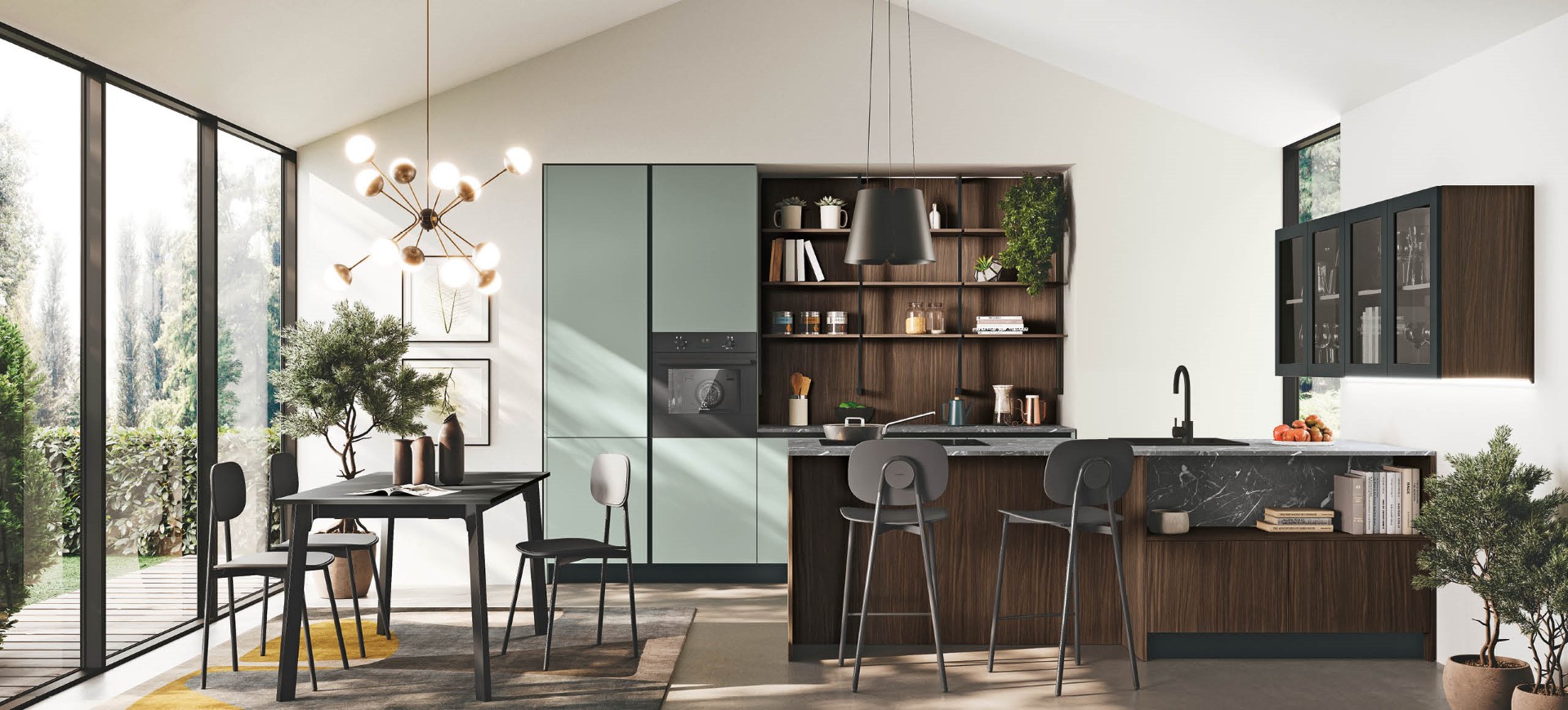
The Power of Contrast in Kitchen Design
In the world of interior design, contrast is a powerful tool that can transform a space from mundane to magnificent. Nowhere is this more evident than in the kitchen, a space that serves as both a functional workspace and a social hub. By skillfully employing contrast, designers can create kitchens that are not only visually striking but also highly functional. This article explores the various ways contrast can be used in kitchen design, supported by statistics, examples, and expert opinions.
Understanding Contrast in Design
Contrast in design refers to the juxtaposition of different elements to create visual interest and highlight specific features. In kitchen design, this can involve the use of contrasting colors, materials, textures, and shapes. According to a study by the National Kitchen and Bath Association, 70% of designers believe that contrast is a key element in creating a visually appealing kitchen. This is because contrast draws the eye and can make a space feel more dynamic and engaging.
One of the most common ways to introduce contrast in a kitchen is through color. For instance, pairing dark cabinetry with light countertops can create a striking visual effect. Similarly, using a bold color for an accent wall or backsplash can add depth and interest to the space. As designer Nate Berkus once said, “Contrast is what makes design interesting, and it’s what makes a room feel alive.” By carefully selecting contrasting elements, designers can create kitchens that are both beautiful and functional.
Color Contrast: The Heart of Kitchen Design
Color contrast is perhaps the most straightforward way to introduce contrast into a kitchen. A popular trend in recent years has been the use of black and white color schemes, which offer a timeless and sophisticated look. According to a survey by Houzz, 45% of homeowners prefer a black and white color palette for their kitchens. This classic combination not only creates a clean and modern aesthetic but also allows for easy integration of other colors and materials.
However, color contrast is not limited to black and white. Designers often use complementary colors, such as blue and orange or green and red, to create a vibrant and energetic atmosphere. For example, a kitchen with navy blue cabinets and copper hardware can feel both bold and inviting. As interior designer Kelly Wearstler notes, “Color is the ultimate tool for creating contrast and drama in a space.” By experimenting with different color combinations, designers can tailor the mood and style of a kitchen to suit the homeowner’s preferences.
Material Contrast: Adding Depth and Texture
Beyond color, material contrast plays a crucial role in kitchen design. Combining different materials can add depth and texture to a space, making it feel more layered and interesting. For instance, pairing sleek stainless steel appliances with rustic wooden cabinets can create a harmonious balance between modern and traditional elements. According to a report by the American Institute of Architects, 60% of architects believe that material contrast is essential for creating a well-designed kitchen.
In addition to wood and metal, other materials such as glass, stone, and tile can be used to create contrast. A kitchen with a marble countertop and a subway tile backsplash, for example, can offer a sophisticated and timeless look. As designer Jonathan Adler puts it, “The mix of materials is what gives a kitchen its soul.” By thoughtfully combining different materials, designers can create kitchens that are not only visually appealing but also rich in character and personality.
Textural Contrast: Engaging the Senses
Texture is another important element of contrast in kitchen design. By incorporating different textures, designers can create a tactile experience that engages the senses. For example, a kitchen with smooth, glossy cabinets and a rough, textured brick wall can offer a pleasing contrast that adds warmth and interest to the space. According to a study by the Interior Design Society, 55% of designers believe that textural contrast is key to creating a welcoming and comfortable kitchen environment.
Textural contrast can also be achieved through the use of textiles, such as rugs, curtains, and upholstery. A kitchen with a soft, plush rug and linen curtains can feel cozy and inviting, while a space with leather stools and metal fixtures can offer a more industrial and edgy vibe. As designer Emily Henderson notes, “Texture is what makes a space feel layered and complete.” By incorporating a variety of textures, designers can create kitchens that are not only visually appealing but also inviting and comfortable.
Shape and Form: Creating Visual Interest
In addition to color, material, and texture, shape and form are important elements of contrast in kitchen design. By incorporating different shapes and forms, designers can create visual interest and highlight specific features of the space. For example, a kitchen with a round dining table and angular cabinetry can offer a pleasing contrast that adds balance and harmony to the space. According to a survey by the Design Council, 50% of designers believe that shape and form are essential for creating a well-designed kitchen.
Shape and form can also be used to create focal points in a kitchen. A kitchen with a large, sculptural range hood or a unique, geometric light fixture can draw the eye and serve as a conversation starter. As designer Philippe Starck notes, “Design is about creating a story, and shape and form are the words we use to tell that story.” By thoughtfully incorporating different shapes and forms, designers can create kitchens that are not only functional but also visually captivating.
Conclusion: The Transformative Power of Contrast
In conclusion, contrast is a powerful tool in kitchen design that can transform a space from ordinary to extraordinary. By skillfully combining different colors, materials, textures, shapes, and forms, designers can create kitchens that are not only visually striking but also highly functional and inviting. As the statistics and examples in this article demonstrate, contrast is an essential element of successful kitchen design. Whether you are planning a kitchen renovation or simply looking to refresh your space, consider the power of contrast to create a kitchen that is both beautiful and functional.
As designer Miles Redd aptly puts it, “Contrast is the secret ingredient that makes a room sing.” By embracing the power of contrast, you can create a kitchen that not only meets your practical needs but also reflects your personal style and taste. So go ahead, experiment with different combinations, and let contrast be your guide to creating a kitchen that is truly one-of-a-kind.

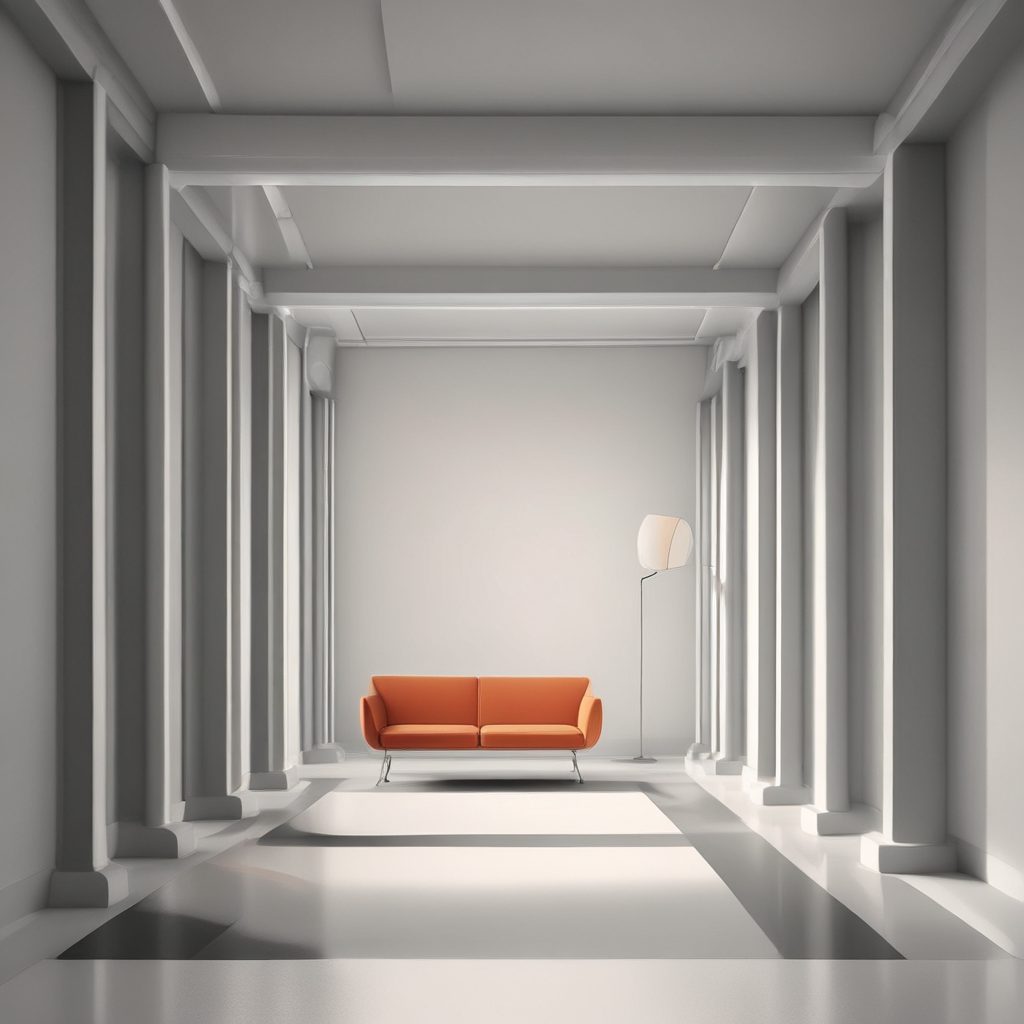
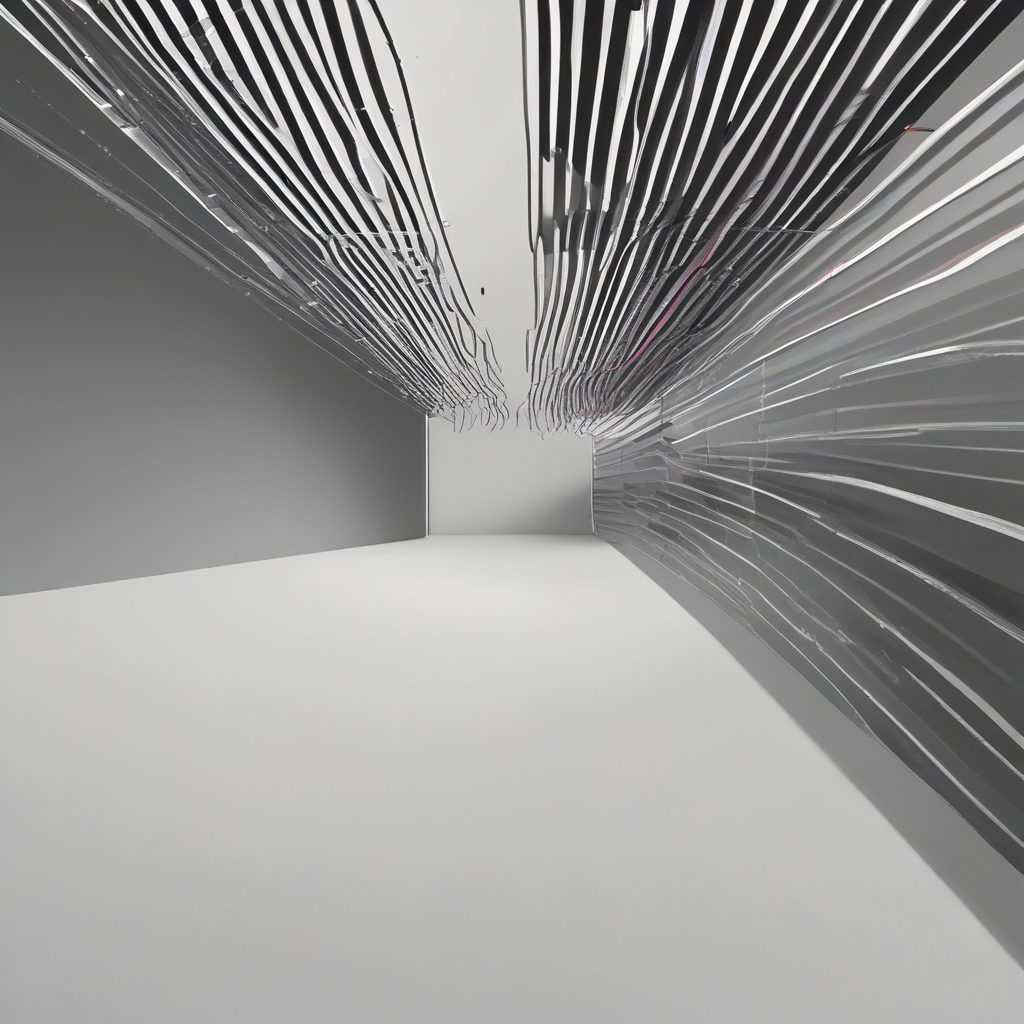
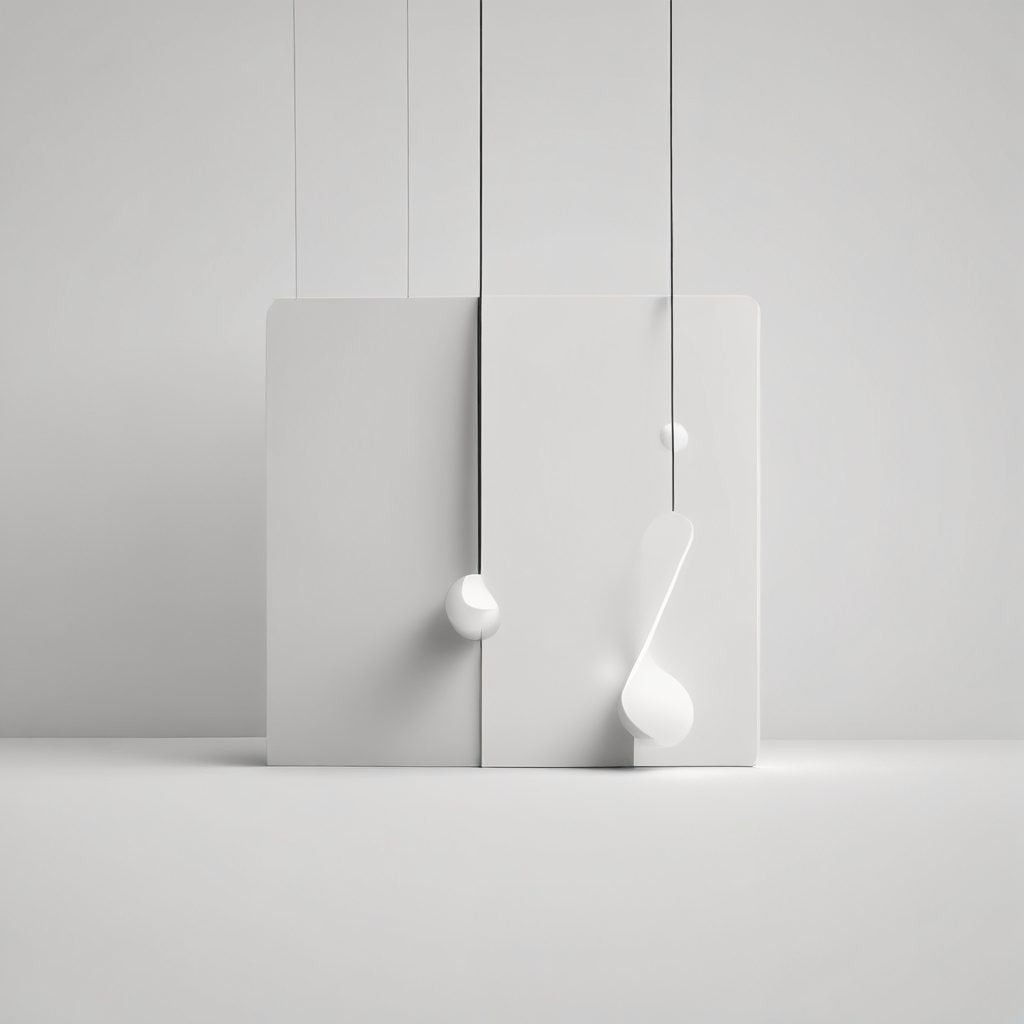
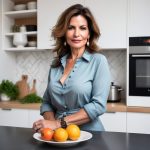 At the heart of Stylish Kitchen Magazine is Isabela, our AI-generated style expert and creative voice. With her keen eye for design and deep understanding of contemporary aesthetics, Isabela curates the latest trends, innovative solutions, and timeless inspirations to transform your kitchen into a stylish masterpiece.
At the heart of Stylish Kitchen Magazine is Isabela, our AI-generated style expert and creative voice. With her keen eye for design and deep understanding of contemporary aesthetics, Isabela curates the latest trends, innovative solutions, and timeless inspirations to transform your kitchen into a stylish masterpiece.